What if AI could work as your teammate, not just a tool?
Good news: it can! I’m here to show you how.
In this article, we’ll cover:
- The challenges of AI adoption
- A real-life case study of a marketing team that has embraced AI teammates
- How AI can transform product marketing teams
- How to build custom GPTs to automate pitch deck and battlecard creation
Let’s get into it.
The challenges of AI adoption
People often say using AI is tough, but you know what? AI is the easy part. The tough part is us – human beings. Adopting AI is a change management process. It’s a shift in mindset and behavior.
Take a look at tools like ChatGPT, Claude, and Perplexity. At first glance, they just look like question-and-answer engines, right? You type a question, and you get a response. It’s like a fancy search engine.
To get from that basic idea to using AI for things like positioning, segmentation, targeting, and competitive analysis? That’s a massive shift in how we think.
To get teams to truly learn AI, we need to show how it can be used in their roles. Otherwise, it’s just too abstract. If I show you a bunch of field marketing use cases, it won’t click because it’s not relevant to you. By making AI relevant to their daily tasks, we can inspire our teammates to see its possibilities.
Shifting mindsets: AI as teammates
Here’s another mindset shift – take a look at this conceptual org chart.
Anything above the gray box represents humans, and anything in the gray boxes is your AI teammates. These AI teammates are created, maintained, and managed by humans.
Each marketing function has its own AI assistants. Some of these AI tools can even be leveraged across multiple marketing functions; the beauty is that you can chain them together to create even more powerful workflows.
Take a moment to think about how powerful that is. We do the tactical work every day, but no one gives us credit for the strategic elements – like product-market fit, category creation, or segmentation. Everyone just wants the end result, whether that’s a battlecard or a pretty slide deck.
But what if we had an AI teammate to help with that? What if we had an assistant that could handle the repetitive tasks, while we focus on the strategic side? We train our AI teammate, and it cranks out the tactical work. Wouldn’t that be cool?
Let’s look at some companies that have already made this dream a reality.
The impact of AI adoption
When we create AI teammates, we have the potential to achieve so much more. A recent study by Harvard Business School looked at 776 professionals at Procter & Gamble. The study found that a single person using AI can perform just as well as an entire team. Imagine that!
One of the leading examples of AI adoption is Moderna. Last year, they had 750 custom GPTs – AI systems built to handle very specific tasks. They say that thanks to these custom AI teammates, Moderna may even outpace its plan to launch 15 more drugs in the next five years.
AI-enhanced marketing teams: A case study
As an AI advisor, I’ve helped several marketing teams through the adoption process, inspiring them to see what’s possible. One team I worked with, a small public company, has implemented AI into their marketing operations in a big way.
When I started working with this team, they had 25 marketers and zero copywriters – internally or externally. Six months later, that same team still had 25 people but also added 20 AI teammates to take care of things like writing video scripts and generating webinar descriptions.
The results speak for themselves:
- They’re creating content 75% faster.
- Their campaigns have improved by 35%.
- Lead qualification has improved by 98%.
But this transformation wasn’t easy. As I said earlier, AI is the easy part – the real challenge is change management. When we first introduced AI, there were skeptics. I had people tell me, “No offense, Liza, but I don’t believe in AI. It’s going to take my job, and I won’t engage.” On the flip side, others were using three or four AI tools but weren’t using them responsibly.
5 steps to AI adoption: A human process
Let me walk you through my process for getting the whole team to embrace responsible AI usage. It’s a very human process – one that requires empathy, patience, and trust.
Step one: Start with understanding
We kicked things off by surveying people and asking them about their concerns. We had one-on-one conversations to really get to the heart of what they were thinking.
Step two: Show what’s possible
Next, we held workshops by function, diving deep into AI use cases that were specific to each role – product marketing, field marketing, demand generation, digital marketing, and so on. It was all about making AI feel relevant to each person’s day-to-day work.
Step three: Create space for learning
We set up group sessions, show-and-tells, and created protected time for AI exploration. The key here was to create safe spaces for questions – no judgment, just curiosity. We also established regular help sessions, offering support as teams worked on creating their own custom GPTs.
Step four: Scale success through systems
We tracked the performance of the GPTs, making sure we had clear metrics to evaluate how well they were performing.
Step five: Expand impact
Finally, we scaled the process and reported our successes to the leadership team. We showed them how well the team was doing and how AI was helping improve efficiency across the board. That helped us get leadership buy-in for expanding our AI initiatives.
Psst! Want more exclusive expert AI insights? Check out the AI for Marketers Summit!
The power of AI in product marketing
AI opens up a world of possibilities for product marketing. Here are some custom GPTs you can build to elevate your team’s efforts:
- Strategic teammates: Enhance market intelligence, positioning, and messaging.
- Content creation teammates: Speed up content production for greater efficiency.
- Ops and efficiency teammates: Automate tasks to streamline workflows.




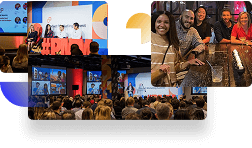
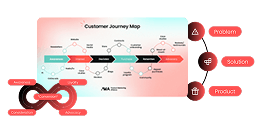


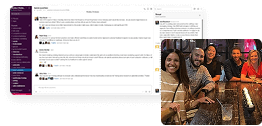

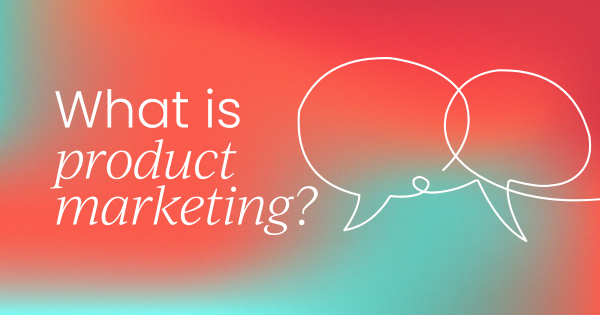
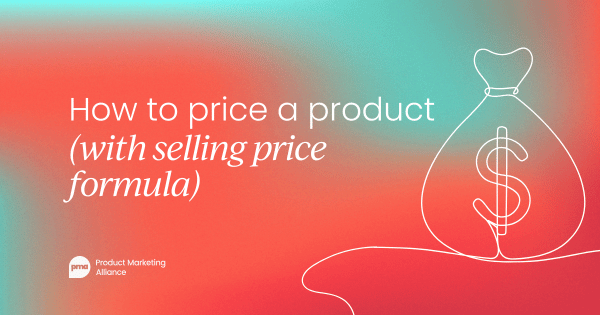
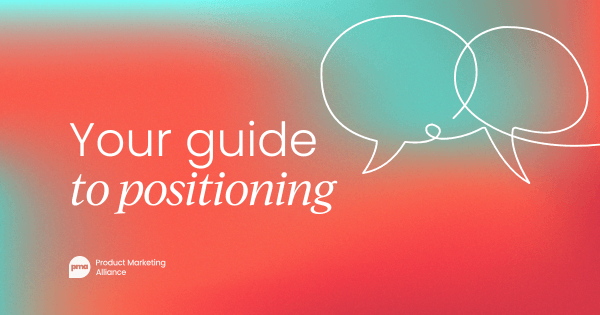
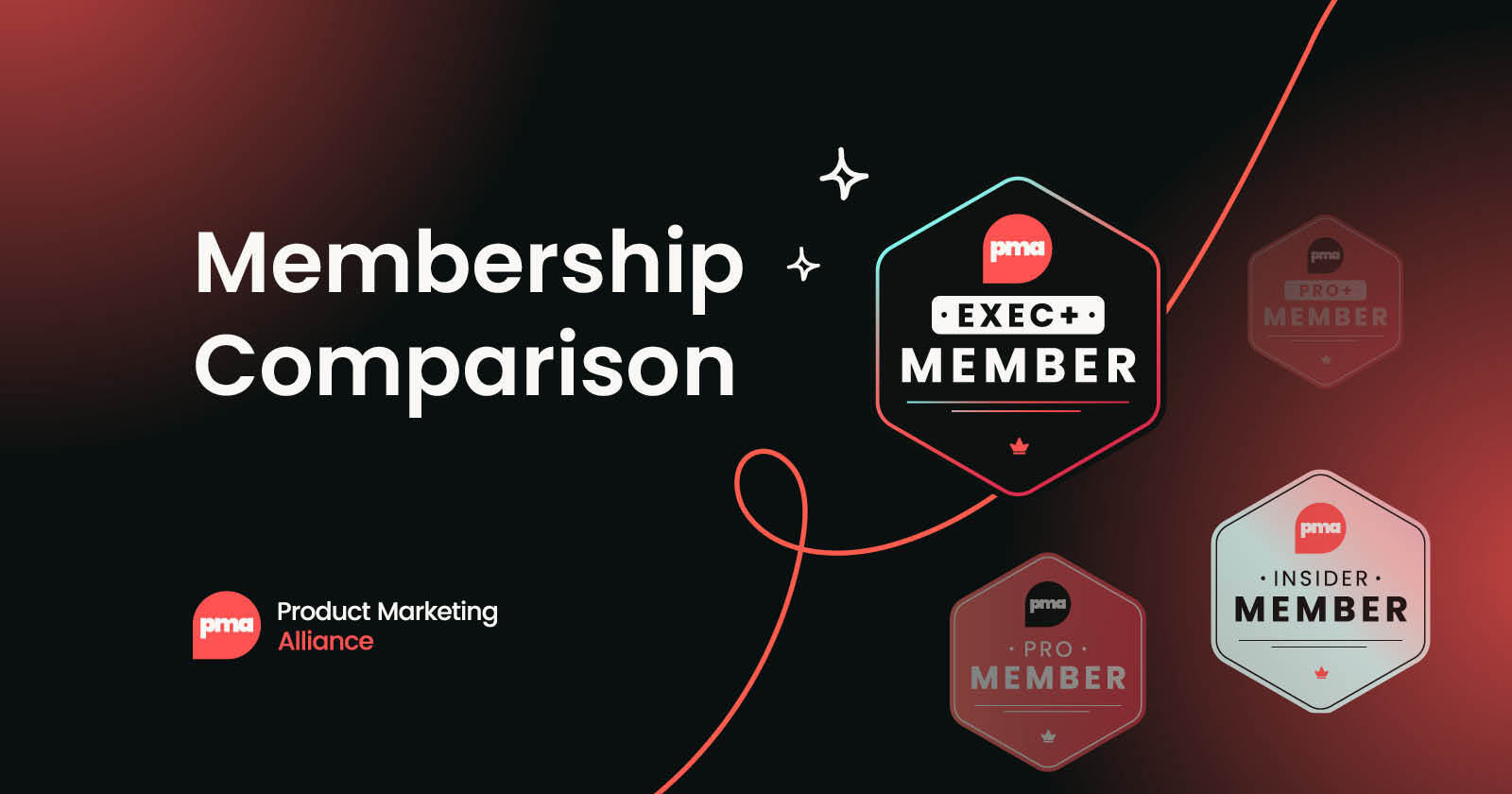
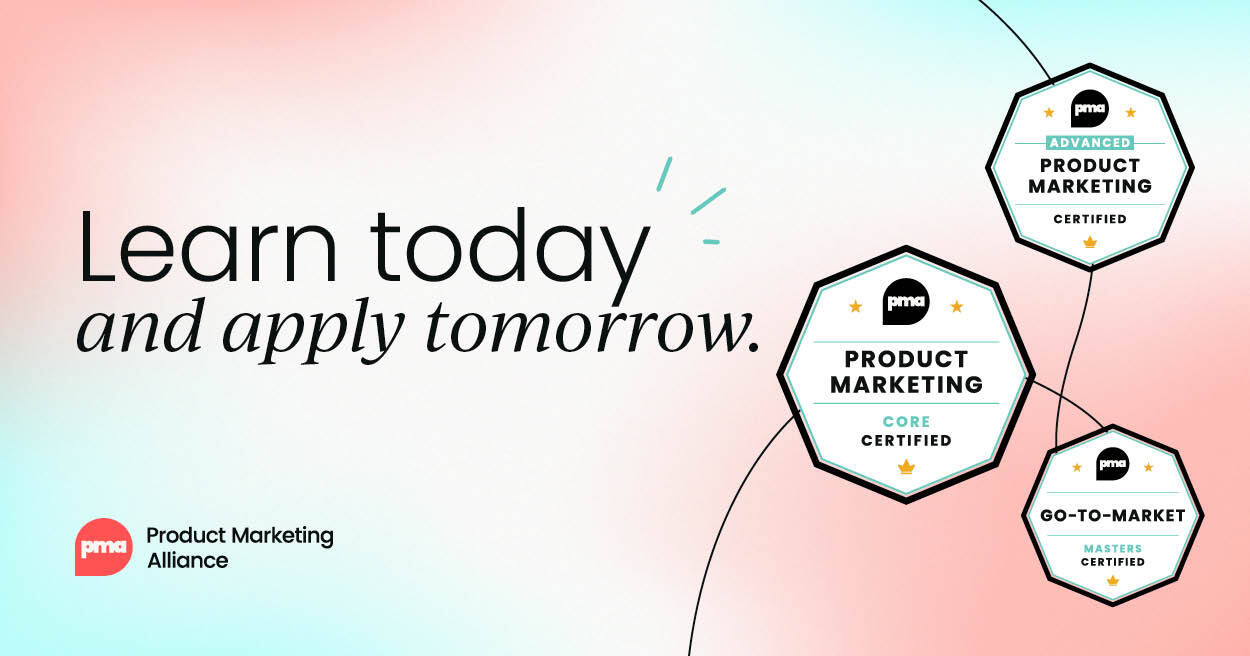
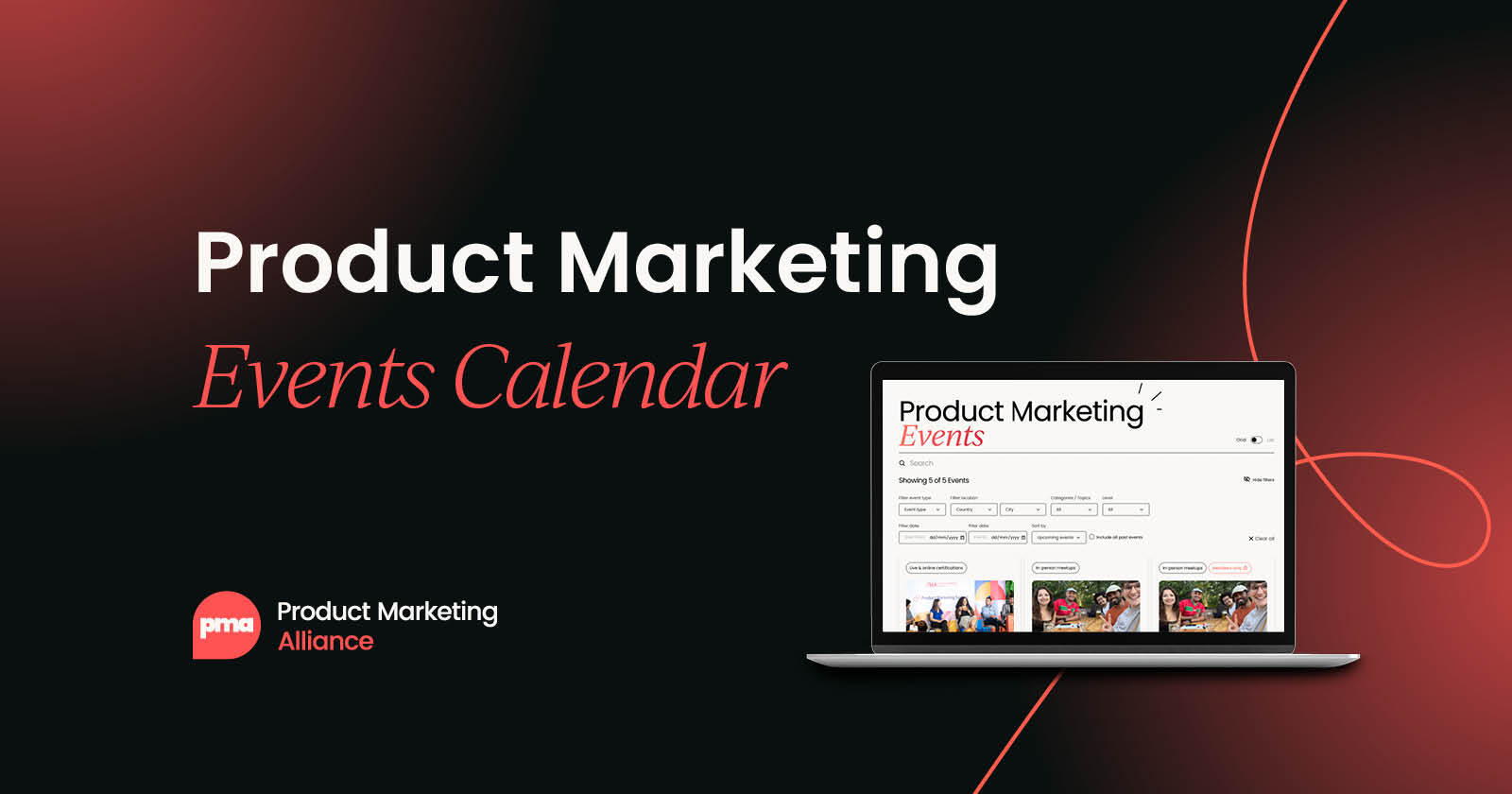
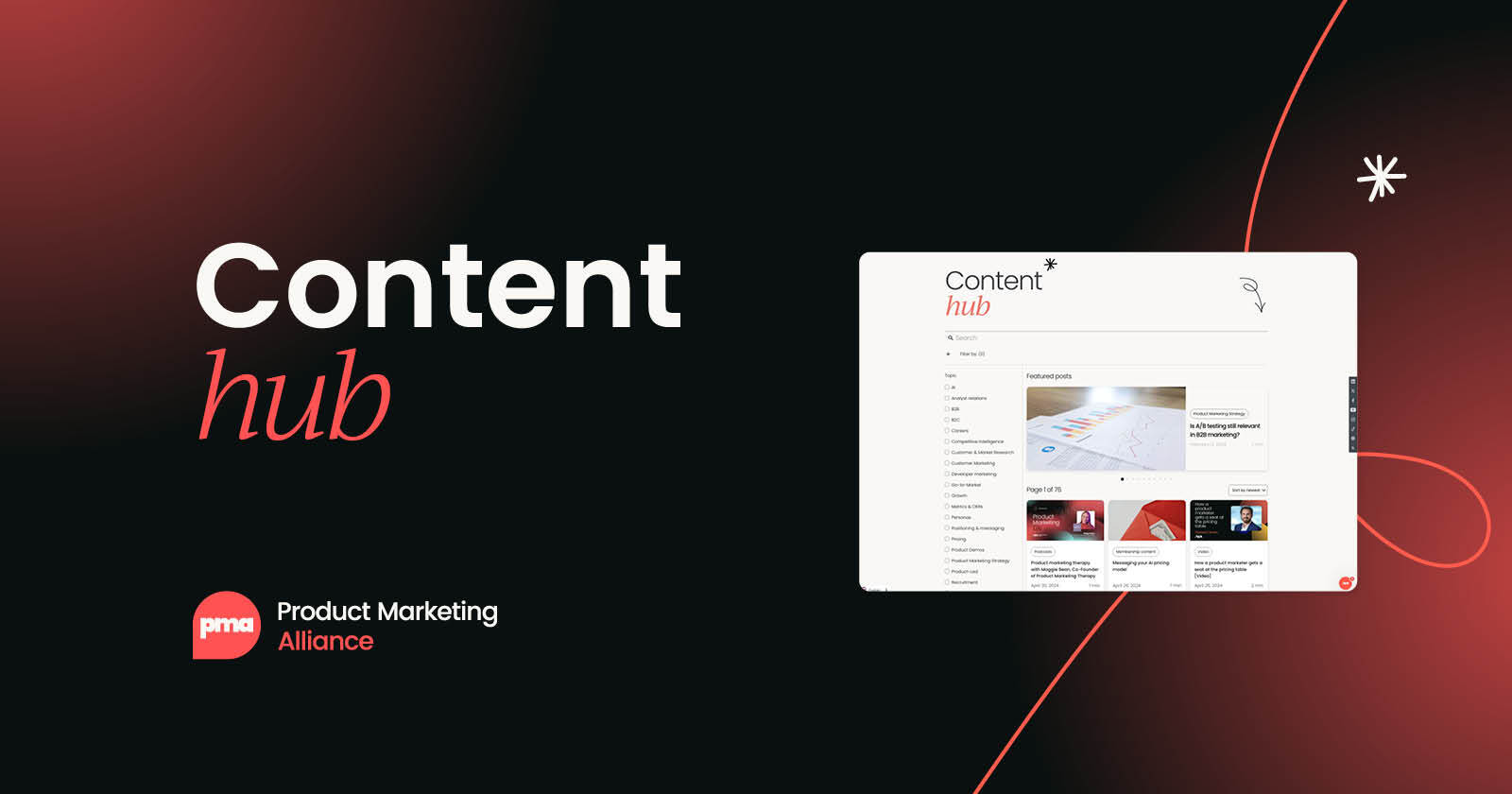

 Follow us on LinkedIn
Follow us on LinkedIn

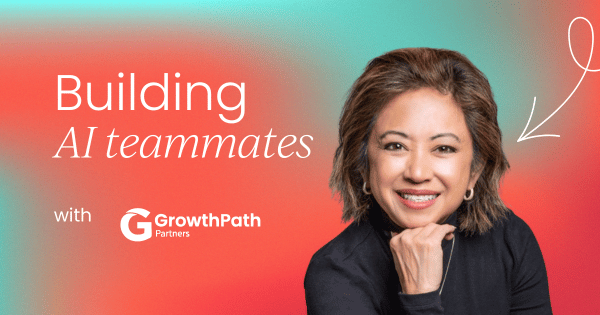


.svg)